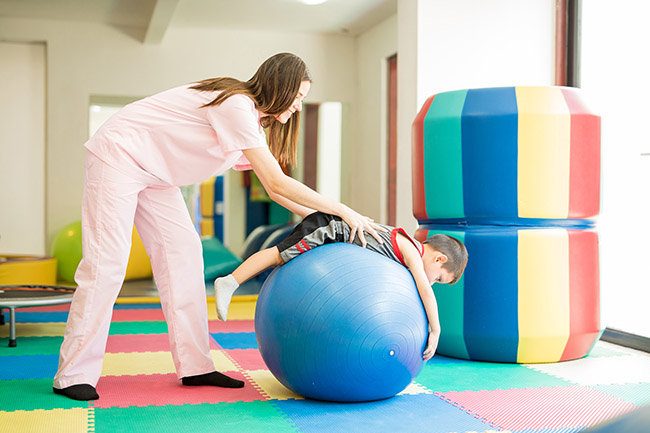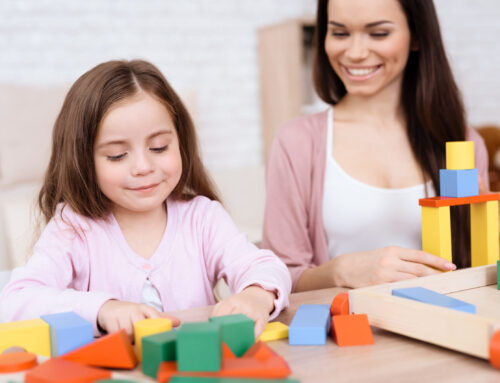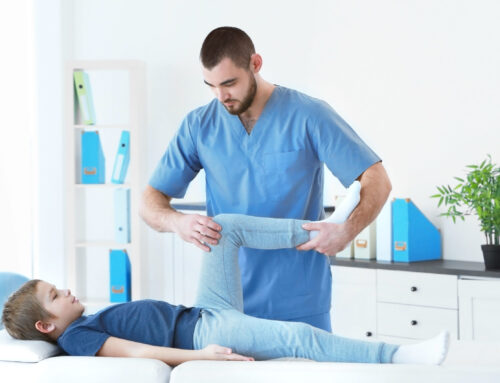
- Autism rates have climbed over the last several years. While more children are being diagnosed with autism, additional time and research have been devoted to providing interventions to help children with autism succeed. Physical therapy plays a critical role in the overall care plan for children with autism.
Low Tone
Children with autism often have low muscle tone. Hypotonia, or low muscle tone, can be detrimental to both gross and fine motor skills. Children need adequate muscle strength to perform large muscle, gross motor skills such as running, jumping, climbing stairs, and throwing.
Low muscle tone can also equate with poor core strength. When a child does not have appropriate core development, fine motor skills likely suffer. A child needs core control to be able to sit at a desk or table. When a child is having to focus all of their attention just to remain upright in a chair, activities such as writing and cutting suffer. Physical therapists can develop exercise programs through play to improve a child’s core strength and control.
Coordination and Balance
Children with autism frequently have difficulty with coordination and balance. This can lead to falls and isolation from peers if the child is unable to participate in age appropriate physical activities. While in the long term, it may not appear important that a child be able to catch and throw a ball, being able to participate in recreational activities with their peers at recess and PE class can help promote social development.
Gait Training
Children with autism can frequently have gait abnormalities that can affect balance and mobility. It is not uncommon to see a child with autism walk on his/her toes. Toe walking can be caused for a few reasons. Sometimes it is secondary to muscle tightness and sometimes it can provide sensory input that children with autism frequently seek. Toe walking can disrupt balance and make activities such as walking on uneven ground such as the playground or running very difficult for a child.
Children with autism also occasionally have difficulty ambulating stairs—more often going down stairs than up. The coordination and muscle tone required to descend stairs can be challenging for a child with low muscle tone.
Physical Therapy Can Help
Physical therapists can provide skilled intervention to help set your child up for success. They can develop fun, engaging treatment programs that use your child’s strengths to make gains in muscle tone and motor coordination.





